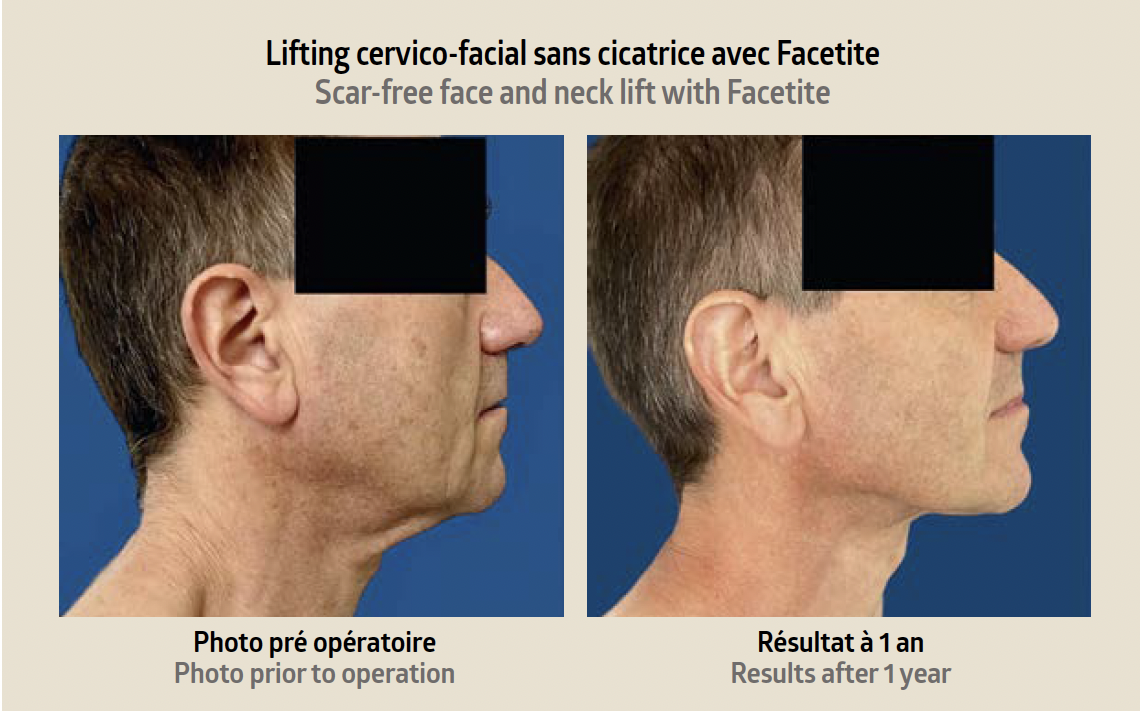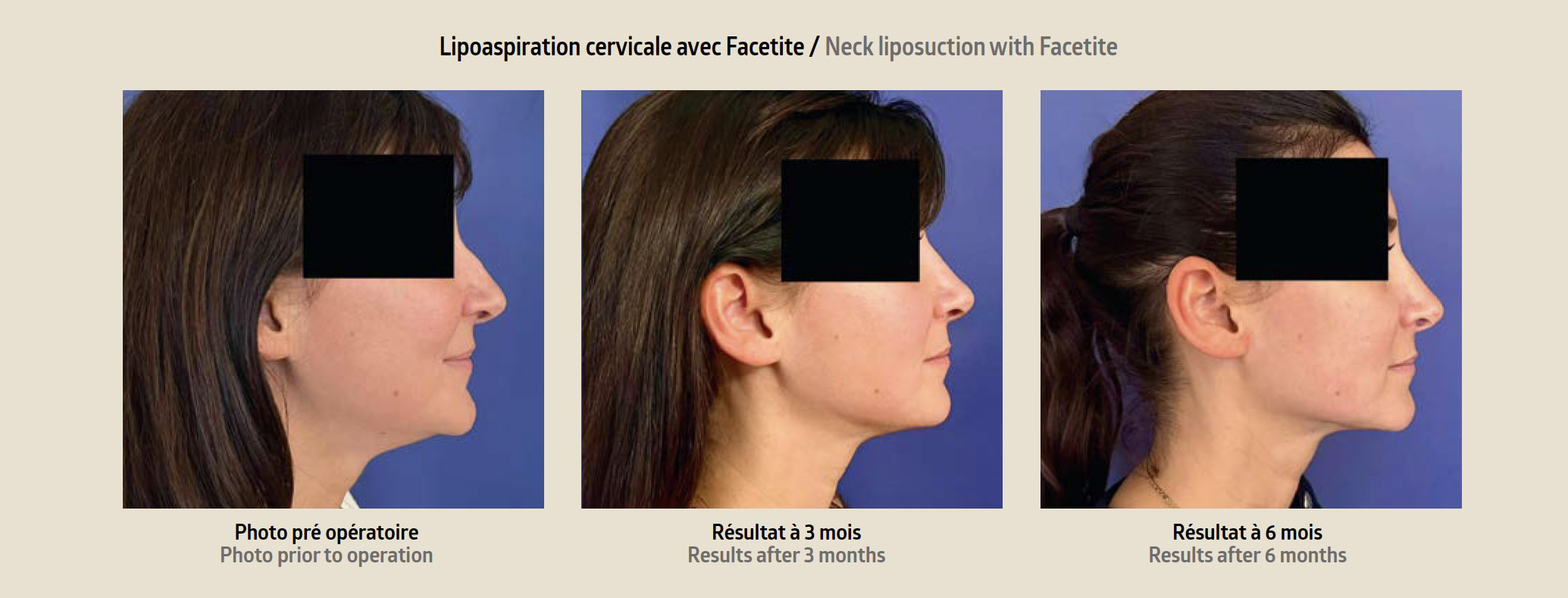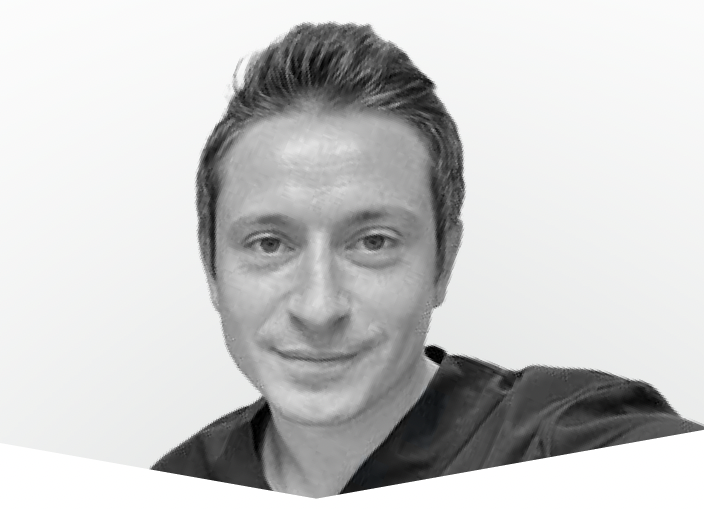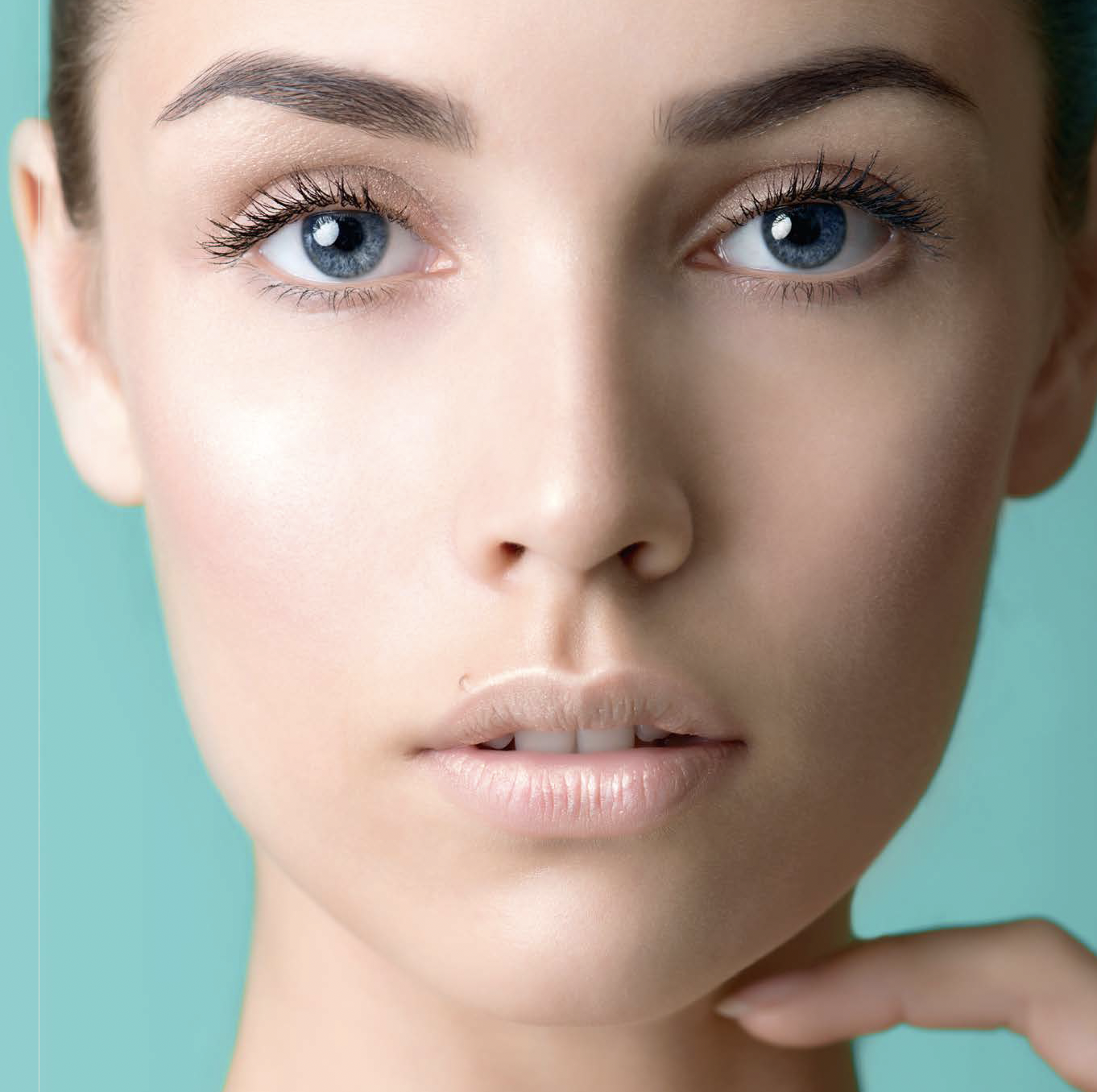Evolution towards a no-scalpel surgery.
Dr Nathaniel Stroumza-Escoffier
 Liposuction is the world’s most frequently performed cosmetic surgery procedure, but the results can sometimes be less than satisfactory due to sagging skin. Over the last fi fteen years, the emergence and continuous development of radiofrequency devices have led to a pro-mising new way of dealing with excess skin. It can sometimes be used to perform “no scalpel” lifts that allow us to avoid leaving the patient with any long scars.
Liposuction is the world’s most frequently performed cosmetic surgery procedure, but the results can sometimes be less than satisfactory due to sagging skin. Over the last fi fteen years, the emergence and continuous development of radiofrequency devices have led to a pro-mising new way of dealing with excess skin. It can sometimes be used to perform “no scalpel” lifts that allow us to avoid leaving the patient with any long scars.
1) What is Bodytite radiofrequency?
Radiofrequency includes three techniques – Bodytite, Facetite and Accutite – each of which is adapted to a specific anatomical area: the figure, the face and the palpebral area, respectively. Another device called the Morpheus8, which combines radiofrequency and microneedling, can treat skin sagging and improve the skin quality. The main aim of these techniques is to offer mini-invasive procedures that cause minimal scarring, in order to improve the aesthetic result of liposuction. The second aim is to improve the skin quality and slow down skin aging. Skin aging is characterised by a reduction in the amount of collagen and elastin fi bres. Radiofrequency regenerates these fibres by stimulating the fi broblasts and causes the skin to retract by acting upon the fibroseptal network.
 2. Who is this procedure for?
2. Who is this procedure for?
There are four groups of patients likely to be interested in this technology. Group A: The most common candidates are patients wanting to treat mild to moderate skin sagging on the body. Group B: Patients who want to have High Definition Liposuction (or Body Etching) in order to better define the muscle contours. Group C: Patients who have already had a cosmetic procedure and want to correct an unsatisfactory result in a minimally-invasive way. Group D: Patients who want to avoid having a complicated surgical operation, with its associated scars, and/or a general anaesthetic.
3. What are the indications?
The different handpieces are designed to treat specific areas of the body. The Bodytite handpiece is mainly used to sculpt the figure (belly, thighs, arms, back, saddlebags) and the bust is lifted using the Breastite. The Facetite handpiece is effective for treating the face and can treat sagging skin on the neck or lower cheeks. Finally, the Accutite handpiece targets the eyelids and the thinner areas of the face such as the nasolabial folds, and can also be used to treat sagging skin in the intimate area. This way, radiofrequency can optimise the results of liposuction, correct eye bags without surgery, avoid long scars caused by a tummy, arm or thigh tuck or face lift, and efficiently correct sagging skin.
 4. How is the procedure carried out?
4. How is the procedure carried out?
• Anaesthetic
The procedure is carried out either in a doctor’s office or in an operating theatre, depending on the handpiece used and the indication. Bodytite, which is often carried out as a complement to liposuction, is performed in an operating theatre, under local anaesthetic with sedation or under general anaesthetic. Facetite and/or Accutite is most often performed under local anaesthetic in a doctor’s office or in an operating theatre. The incisions made are extremely discreet, they are 1-2mm long and are located in hidden areas of the face or body.
• Procedure
All of the handpieces are equipped with an internal probe that is placed subcutaneously and delivers the heat, and an external probe that is placed on the skin to receive the heat. The energy is delivered in a gradient, with the maximum power emitted internally. A temperature sensor makes the procedure safe to perform, as the heat delivered is constantly monitored. This heating leads to lipolysis by coagulating the fat cells and promotes the formation of elastin and collagen fibres by stimulating the fibroblasts.
5. What are the results achieved?
The aim of radiofrequency is to optimise the results of liposuction and, above all, to carry out procedures that cause no visible scarring, meaning that we can avoid the long scars associated with a tummy, arm or thigh tuck or neck lift. The results are spectacular, as we can see in these before/ after photos. What is more, the results improve in the months following the operation, with the definitive results achieved after a year.
 6. What are the recommendations for post-treatment care?
6. What are the recommendations for post-treatment care?
The recommendations after a radiofrequency treatment are straightforward. Healing is quick, due to the small size of the incision (~1mm). If liposuction has been carried out alongside radiofrequency, patients are strongly recommended to wear compressive clothing for 3 to 4 weeks, and to have deep lymphatic drainage from the first week after surgery. If there are no counterindications, the patient can get back to doing sport in the month after the operation.
To conclude, radiofrequency (Bodytite, Facetite, Accutite, Morpheus8) is an innovative technology that is ideal for addressing current demands, as patients are seeking less invasive procedures with more discreet scar lines. Radiofrequency enhances the results of liposuction thanks to its double action that causes the skin to retract and improves the skin quality.
Today, it is an essential tool for all surgeons, as it allows them to offer mini-invasive, “no scalpel” procedures without the need for a general anaesthetic.
 Dr Nathaniel Stroumza-Escoffier: Dr Nathaniel Stroumza-Escoffier is a plastic surgeon practising in Paris. He specialises in breast, body and face surgery. Expert doctor and trainer in surgical and medical aesthetics techniques.
Dr Nathaniel Stroumza-Escoffier: Dr Nathaniel Stroumza-Escoffier is a plastic surgeon practising in Paris. He specialises in breast, body and face surgery. Expert doctor and trainer in surgical and medical aesthetics techniques.
More informations: drstroumza.com














